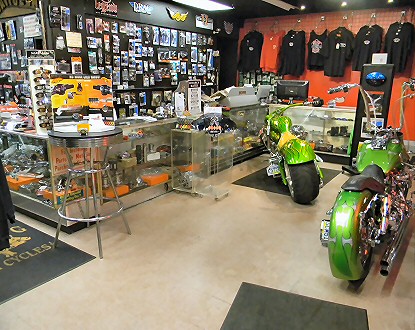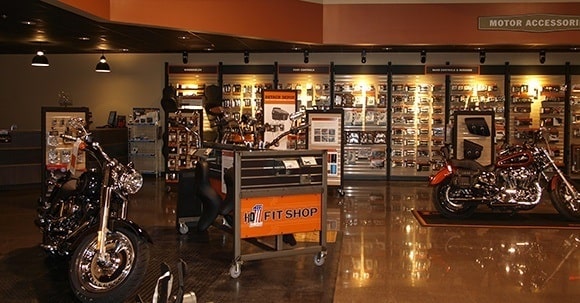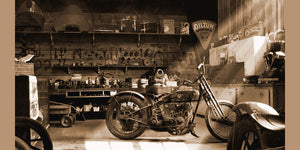Unleash Efficiency with Costs Motox Parts NZ Available Here
Unleash Efficiency with Costs Motox Parts NZ Available Here
Blog Article
Grasping Motorcycle Gears: Exactly How to Enhance Your Riding Experience
In the world of motorcycling, grasping the art of equipment control is critical for boosting your riding efficiency. Correctly recognizing and using bike equipments can considerably impact fuel, acceleration, and control performance, changing an ordinary ride into a seamless, exciting journey. By integrating exact shift timing and adjusting gear option to various roadway problems, cyclists can make sure ideal engine performance and safety and security. The nuances of clutch control, throttle coordination, and equipment technicians beckon a deeper exploration, assuring to unlock the complete possibility of your device. Just how can these methods be harnessed to really enhance your riding experience?
Understanding Gear Mechanics
Exactly how do the intricacies of gear mechanics affect motorcycle efficiency? At the core of motorcycle dynamics, equipment auto mechanics play a crucial duty in converting engine power into motion, eventually dictating speed and control. Gears, carefully crafted components, allow bikers to optimize torque and rate, making certain a smooth transition with different terrains and speeds. The gear proportions, thoroughly designed, identify the relationship in between engine transformations and wheel turns, affecting velocity and gas efficiency.
Understanding gear technicians starts with identifying the value of the gearbox, which houses numerous equipments of differing sizes. These gears communicate with a process recognized as meshing, where teeth of various gears involve to send power.
Moreover, the idea of gear changing is indispensable to making the most of performance. Smooth and prompt changes make sure that the engine operates within its optimum power band, stopping unnecessary strain and improving durability (motorbike shop). By understanding these mechanical complexities, riders can attain an unified blend of power, control, and effectiveness, boosting their riding experience
Timing Your Shifts
Shift timing proficiency is crucial for optimizing motorbike efficiency and enhancing the riding experience. Appropriately timed shifts ensure that the engine runs within its optimum power band, which is critical for preserving control, attaining smooth velocity, and making sure the durability of the motorbike. Motorcyclists have to create an instinctive feeling of when to move equipments, which includes recognizing the connection in between engine transformations per min (RPM) and speed.
To understand change timing, pay close focus to the engine's audio and feel, as these provide important ideas concerning when to transform equipments. The suitable change point usually occurs when the engine approaches the top variety of its power band without reaching the redline. Changing prematurely can result in an absence of power, while moving as well late may trigger unneeded engine pressure
Additionally, road problems and riding style influence shift timing. In contrast, during freeway riding, less changes at higher speeds can be more suitable.
Enhancing Gas Efficiency
While understanding motorbike gears is essential for performance, boosting gas efficiency is just as essential for both economic and environmental reasons. Optimum fuel intake not just minimizes operational costs yet additionally decreases the eco-friendly impact of riding. To attain this, one have to recognize the elaborate connection between gear selection and engine performance.
Riding in a higher gear at lower speeds can lead to engine hauling, which is harmful to both gas economy and engine health. On the other hand, riding in reduced gears at high rates results in unneeded gas usage.
Additionally, regular maintenance plays an essential role in fuel performance. Making certain that the motorcycle is well-tuned, with tidy air filters and effectively blew up tires, can lower and boost aerodynamics gas wastefulness. Additionally, embracing try this out a riding style that embraces steady velocity and smooth slowdown can add to far better gas economic climate.

Methods for Smooth Transitions
Attaining smooth equipment changes is basic to enhancing the riding experience and ensuring the durability of a bike's transmission system. Appropriate equipment changing not just adds to a smooth experience yet likewise lessens damage on the mechanical components. To understand the art of smooth transitions, riders need to focus on a couple of key strategies.

Second of all, clutch control plays an essential duty. Involving and disengaging the clutch efficiently requires practice. The clutch bar ought to be released slowly, enabling a smooth transfer of power from the engine to the wheels without creating a jolt or abrupt motion.

Adjusting to Road Problems
Navigating varied road conditions is a critical skill for any motorcyclist intending to keep control and security. Whether you're riding on damp surface areas, gravel roads, or browsing doglegs, your capacity to adapt your gear usage and riding technique is critical. Understanding how to change useful site your equipments appropriately can dramatically impact grip and stability, ensuring a more secure journey.
In contrast, when riding on gravel or irregular terrain, reduced gears are better. Lower equipments provide much better control and permit you to react more promptly to unanticipated changes in the roadway surface area.
Sharp contours require specific gear administration to stabilize speed and control. Downshifting prior to entering a contour can help maintain energy while guaranteeing the bike stays steady throughout the turn. Constant method in diverse conditions boosts your ability to react and anticipate to changes in road structure and incline.
Final Thought
Mastering bike equipments substantially improves the riding experience by enhancing fuel, control, and velocity effectiveness. Adapting equipment choice to numerous road conditions, such as utilizing greater equipments on wet find surface areas and lower gears on crushed rock, additional enhances handling and security.
Recognizing gear technicians starts with identifying the relevance of the gearbox, which houses numerous gears of differing sizes. These gears communicate via a process known as meshing, where teeth of different equipments engage to send power (moto parts nz). Gentle adjustments to the throttle throughout gear shifts can protect against jerky activities and preserve a constant riding pace
Whether you're riding on damp surface areas, crushed rock roadways, or navigating sharp turns, your ability to adjust your gear use and riding method is extremely important. Adjusting equipment option to various road problems, such as making use of greater equipments on damp surfaces and reduced gears on gravel, more improves handling and security.
Report this page